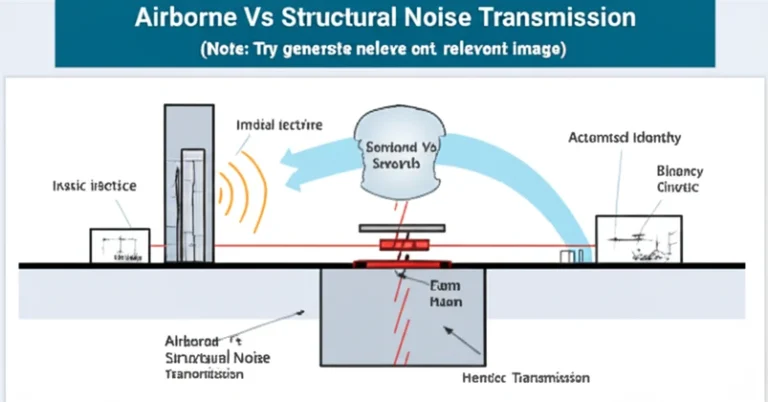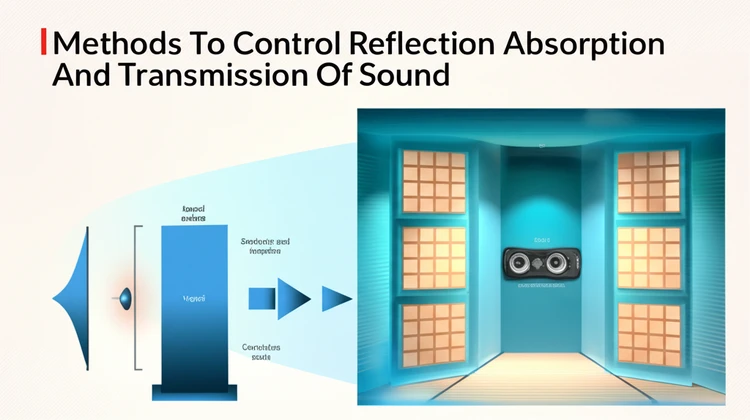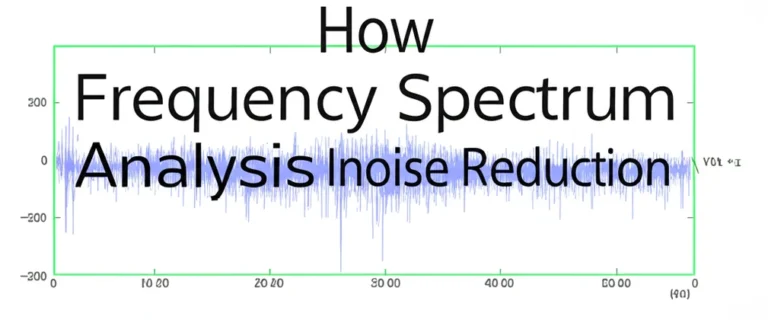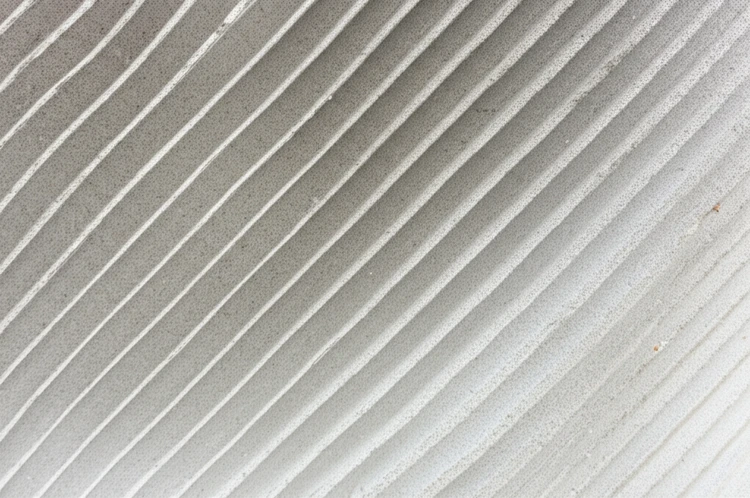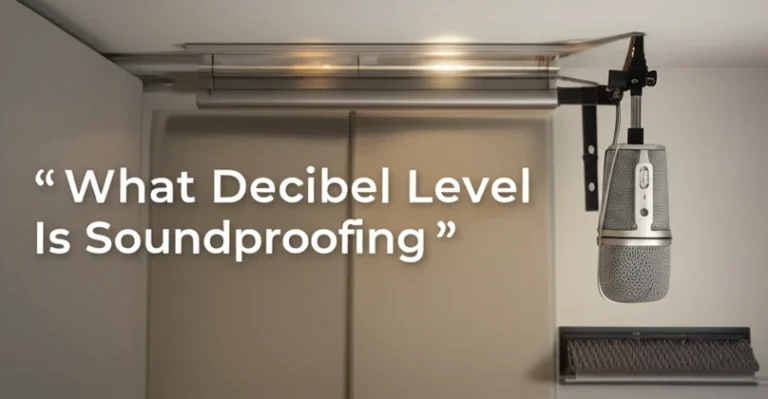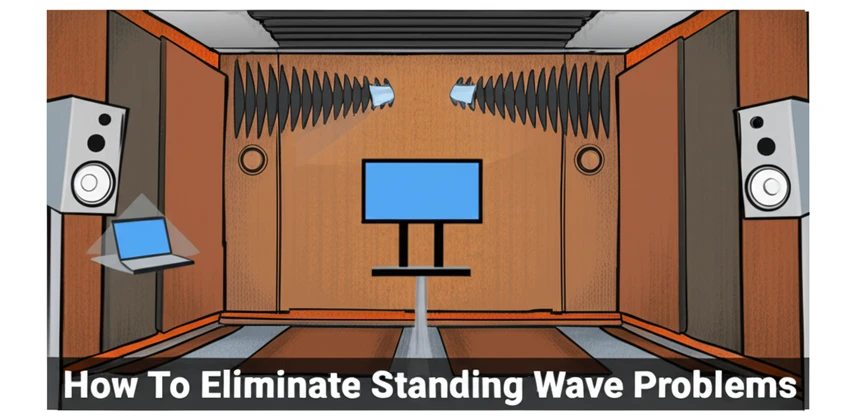
Have you ever noticed certain areas in a room have overpowering bass while others are oddly quiet? This uneven soundscape is a common acoustic challenge caused by standing wave patterns, also known as room modes. Learning how to eliminate standing wave problems is key to enjoying clear, balanced sound in any space, whether it’s a dedicated home theater, a professional recording studio, or simply your living room.
This guide provides practical advice for identifying, understanding, and mitigating the impact of standing waves, ensuring your audio experience is as good as it can be.
What Are Standing Waves and Why Do They Matter?
Standing waves, or room modes, occur when sound waves reflect between parallel surfaces within a room, such as walls, the floor, and the ceiling. These reflections interfere with the original sound waves. At certain frequencies, this interference creates points of constructive interference (where the sound is louder) and destructive interference (where the sound is quieter).
This uneven distribution of sound energy, especially prominent in the low-frequency bass range, leads to an inaccurate and often unpleasant listening experience.
Key Problems Caused by Standing Waves:
- Boomy or Muddy Bass: Some frequencies become exaggerated, resulting in a muddy or undefined bass response.
- Dead Spots: Other frequencies are cancelled out, creating areas where certain bass notes are nearly inaudible.
- Distorted Sound Clarity: This affects the overall clarity of music, dialogue in movies, and the accuracy of audio recordings.
How to Detect Standing Wave Patterns in Your Room
Identifying standing waves is the first step toward solving the problem. Here are a few methods you can use:
Step 1: Perform a Listening Test
Walk around your room while playing bass-heavy music or dedicated test tones (easily found online). Pay close attention to variations in bass intensity.
Note any areas where the bass sounds excessively loud or unusually quiet. These variations indicate the presence of standing waves.
Step 2: Use Acoustic Measurement Tools
- Room EQ Wizard (REW): This free software analyzes the frequency response of your room, providing detailed visuals of peaks and dips that correspond to standing waves. These visuals pinpoint problem frequencies and areas within the room.
- Sound Pressure Level (SPL) Meter: A decibel meter helps you measure sound intensity differences across your room, quantifying the variations you hear during listening tests.
Step 3: Visualize with Frequency Sweeps
A frequency sweep generator plays a continuous tone that glides through the audible frequency spectrum.
By playing a sweep and listening carefully (or using an SPL meter), you can pinpoint the frequencies at which standing waves are most prominent. As the sweep passes through a resonant frequency, you’ll notice a significant increase or decrease in volume at specific locations in the room. This provides a clear auditory and visual (if using REW) representation of the standing wave problem.
Factors Influencing Standing Waves
Room Dimensions
The dimensions of your room play a critical role in determining the frequencies at which standing waves occur.
While all rectangular rooms have standing waves, rooms with dimensions that are multiples of each other (e.g., a perfect cube) are particularly prone to severe issues because multiple resonant frequencies coincide. These resonances are categorized as axial (between two opposite surfaces), tangential (between four surfaces), and oblique (between all six surfaces). The dimensions directly determine the frequencies of these modes, making some frequencies more problematic than others.
Surface Reflectivity
Hard, reflective surfaces like concrete, glass, and hardwood floors exacerbate standing waves by efficiently reflecting sound energy.
These reflections contribute to the build-up of sound pressure at specific frequencies. Softer, more absorptive surfaces, like carpets, curtains, and upholstered furniture, help dissipate sound energy, reducing the severity of standing waves.
Speaker and Furniture Placement
The positioning of your speakers and furniture significantly impacts the behavior of sound waves. Placing speakers close to walls or corners excites more room modes.
Strategic placement, often following guidelines like the “rule of thirds” (placing speakers and listening position away from room boundaries by one-third of the room’s dimension), can help minimize the excitation of certain standing waves.
Effective Strategies to Mitigate Standing Waves
Completely eliminating standing waves is practically impossible in a typical room. However, these strategies can drastically reduce their impact and improve sound quality.
Optimize Speaker Placement
Experiment with speaker positions, moving them away from walls and corners. Angling them slightly can also help minimize direct reflections and improve stereo imaging.
The “rule of thirds” provides a good starting point for experimentation.
Add Absorptive Materials
- Acoustic Panels: These panels, typically made of absorptive materials like mineral wool or foam, are mounted on walls to absorb mid and high-frequency reflections, improving clarity and reducing reverberation.
- Bass Traps: Specifically designed to absorb low-frequency energy, bass traps are strategically placed in corners, where low-frequency pressure build-up is most significant. Various types of bass traps exist, including porous absorbers and resonant absorbers.
Introduce Diffusion
Diffusers scatter sound waves, preventing strong, focused reflections that contribute to standing waves. By spreading the sound energy more evenly, diffusers create a more natural and balanced sound field.
Rearrange the Room Layout
Strategic placement of furniture can contribute to sound absorption and diffusion.
Large, soft furnishings like sofas, bookshelves, and thick rugs can help break up sound reflections and minimize standing wave effects.
Advanced Techniques for Persistent Problems
For more challenging standing wave issues, consider these advanced techniques:
Equalization and Room Correction Software
Specialized software like Sonarworks SoundID Reference and Dirac Live analyze your room’s acoustics and apply corrective equalization to your audio system. This digital signal processing helps compensate for the peaks and dips in the frequency response caused by standing waves.
Subwoofer Placement
Proper subwoofer placement is crucial for managing low-frequency standing waves. Experimenting with positioning, or even using multiple subwoofers, can smooth out the bass response and minimize unwanted peaks and nulls.
The “subwoofer crawl” is a popular method for finding optimal placement.
Helmholtz Resonators
Helmholtz resonators are tuned acoustic absorbers designed to target very specific frequencies. These resonators consist of an enclosed cavity with a narrow neck or port. The air within the cavity and the port resonate at a particular frequency, absorbing sound energy at that frequency.
Precise calculations are required to design a Helmholtz resonator effectively for a specific room and frequency.
FAQ
What’s the difference between absorption and diffusion?
Absorption reduces sound energy by converting it into heat, typically using porous materials. Diffusion scatters sound waves in different directions, preventing strong, focused reflections, without reducing the overall sound energy.
Can standing waves be completely eliminated?
No, it’s practically impossible to completely eliminate standing waves in a typical enclosed space. However, proper treatment can significantly reduce their negative impact, leading to a dramatically improved listening experience.
Are DIY acoustic treatments effective?
Yes, DIY acoustic treatments can be very effective.
Carefully constructed bass traps and acoustic panels, using appropriate materials and placement strategies, can provide significant improvements in sound quality, often at a lower cost than commercial solutions.
How do room dimensions affect standing wave frequencies?
Room dimensions directly determine the frequencies at which standing waves occur. Larger rooms tend to have standing wave issues at lower frequencies. Rooms with dimensions that are multiples of each other suffer from overlapping resonant frequencies, making treatment more challenging.
Irregular room shapes help distribute resonant frequencies more evenly, minimizing severe peaks and nulls.
How do I treat standing waves in a small apartment?
Treating standing waves in small apartments can be tricky due to space constraints. Focus on corner bass traps to control the most problematic low-frequency build-up. Wall-mounted acoustic panels can also help, but use them sparingly to avoid over-dampening the room.
Consider smaller, purpose-built acoustic treatments designed for compact spaces.
What are the most cost-effective solutions for standing wave problems?
Strategic speaker and furniture placement are the most cost-effective starting points. DIY acoustic treatments, especially using readily available materials like rockwool or dense foam, offer a good balance of performance and affordability. Thick curtains, rugs, and bookshelves can also provide some acoustic benefit without significant investment.
What are common mistakes to avoid when treating standing waves?
Over-treating a room with absorption can lead to a “dead” sounding space.
Focusing solely on high-frequency absorption without addressing bass frequencies is another common mistake. Neglecting speaker placement and relying solely on acoustic treatment will also yield suboptimal results.
Conclusion
Addressing standing waves, also known as room modes, is a crucial step in creating a high-quality listening environment. By understanding how these waves behave and employing appropriate mitigation techniques, you can significantly improve the clarity, balance, and accuracy of your audio.
From simple adjustments like speaker placement and furniture arrangement to more involved solutions like bass traps and room correction software, you have a range of options to tame these acoustic gremlins and optimize your listening space. Don’t hesitate to explore these options and enjoy the transformative effect they can have on your sound.


